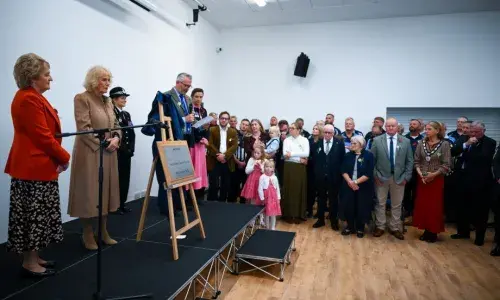
Civil war and more
Site investigations have already revealed some fascinating archaeological discoveries
Wiltshire is an historically rich landscape and our project area for the Going Underground scheme is no exception.
As part of the preparation for our planning application, we’ve already completed a programme of geophysical surveys, fieldwalking, and metal detecting and made some fascinating discoveries.
Our initial results have identified some possible previously unknown Bronze Age-Romano British features including ring ditches and a trackway.
We’ve also been able to shed some light on a shrunken mediaeval village that is marked on maps and was believed to be present along the proposed cable route. We’ve discovered the village was not located in the position it was originally thought to be. As a result, any features associated with it can be avoided as part of the project’s construction work.
Our investigations have also uncovered a number of exciting artefacts, with some possibly dating from the Bronze Age. Other discoveries include Roman brooches and a James I farthing (pictured below).
Most of the battlefield associated with the 1643 Civil War battle of Roundway Down 1643 lies directly to the north of the subsection of overhead line, in which a Royalist Cavalry force under Lord Wilmot inflicted a crushing defeat on the Parliamentary forces under Sir William Waller.
We’ve unearthed a number of interesting finds from the battlefield itself, including examples of cannonball and lead musket shot.
Our team of specialist archaeologists will continue excavation works for further insights, working with Historic England and the Wiltshire County Archaeologist. As with the VIP project in Dorset, we will have a watching brief for archaeology throughout construction.


